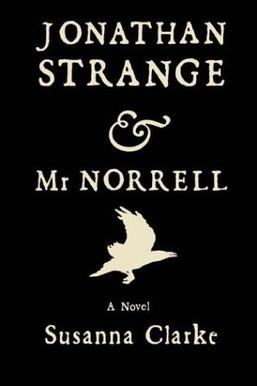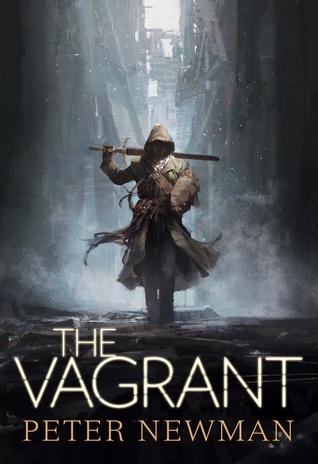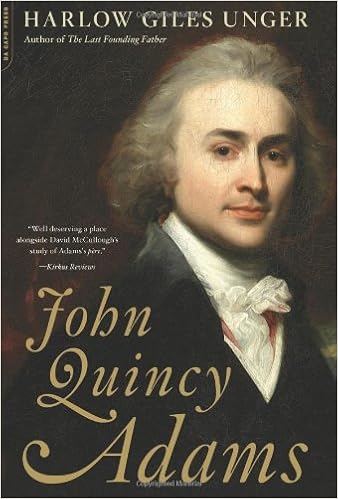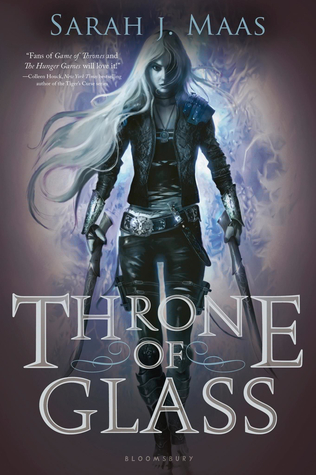“Can a magician kill a man by magic?” Lord Wellington asked Strange. Strange frowned. He seemed to dislike the question. “I suppose a magician might,” he admitted, “but a gentleman never could.”
 JONATHAN STRANGE & MR. NORRELL may be the most British novel I have ever read in my entire life.
JONATHAN STRANGE & MR. NORRELL may be the most British novel I have ever read in my entire life.
The plot is built around the secretive, socially awkward Norrell, the first magician in many years to actually practice the craft and demonstrate any skill with spells, and Strange, who briefly serves as Norrell’s successor before branching off on his own.
But even as their efforts to restore British magic appear successful, they awaken a being for whom magic is as easy as breathing – a creature who has no regard for humans or their lives.
Susanna Clarke’s writing style, heavily inspired by Jane Austen’s novels, plays no small part in the story’s very British feel, even as it brings a wry, witty humor to the proceedings. From the Society of Magicians we meet in the book’s opening scenes, to Mr. Norrell, who from the outset wishes nothing more than to return British magic to its previous glories, to Mr. Strange and his engagements in the British military, the book is just very … British.
The aristocracy spends most of its time gossiping about one another while pretending to speak of more high-minded matters, and the servants do their best to avoid their masters’ ire. Clarke’s writing is clever enough to bring some energy to the proceedings, but ultimately, even as I respected Clarke’s skill and was fascinated by the ending, there were distinct points where this book dragged, and I was all but ready to put it aside in search of better entertainment. Of course, that can be difficult when you are already 300 pages into a novel, and it begins to seem downright impossible after 500 pages.
That being said, I can see why so many readers consider JONATHAN STRANGE & MR. NORRELL an instant classic. It is a very different kind of fantasy story, and Clarke’s writing style is instantly engaging, but at the end of the day, I want a book to either thrill me with its plot or engage me with its characters. I am sorry to say that this story did neither.
To begin, this is a book that does, I assure you, eventually get where it’s going, but it certainly is in no hurry to do so. In fact, in my edition the book had gone approximately 200 pages before Strange is introduced to the plot at all. Instead, the early pages of the story focus on Norrell, a gloomy, narcissistic, bookish fellow who really is quite difficult to like.
Strange is presented as the more interesting of the pair, but under Norrell’s tutelage, he adopts some of his mentor’s qualities, and many of his interactions with others include him staring into space while thinking of other things, or jotting down notes as he thinks about magical studies.
The book features a number of more engaging personalities, particularly Stephen Black, a butler who comes under an enchantment, and Childermass, Norrell’s servant and a man who knows far more magic than his master realizes, but the vast majority of the book focuses on Norrell and Strange. It’s no surprise that Black and Childermass were the two characters I liked best – Clarke is at her humorous best when she satirizes the class differences in 19th-century Britain.
Ultimately, however, there were too many lulls in the story’s pacing for me to truly embrace this book as a favorite. Sometimes it is entirely possible to appreciate the craft and skill it took to write a novel, even as you realize that it simply wasn’t your cup of tea (see, I even made my review a bit British!).

 Peter Newman did not make THE VAGRANT an easy book to write.
Peter Newman did not make THE VAGRANT an easy book to write. That’s the first line of RED SISTER, which has taken its rightful place as my favorite Mark Lawrence novel.
That’s the first line of RED SISTER, which has taken its rightful place as my favorite Mark Lawrence novel. I initially was hesitant about choosing Harlow Giles Unger’s biography as my source for learning about John Quincy Adams after I felt his biography of James Monroe,
I initially was hesitant about choosing Harlow Giles Unger’s biography as my source for learning about John Quincy Adams after I felt his biography of James Monroe,  Prior to reading GONE TOMORROW, I had taken a bit of a break from the Jack Reacher novels.
Prior to reading GONE TOMORROW, I had taken a bit of a break from the Jack Reacher novels.
 Emergence is a shared-world anthology that takes full advantage of its format, building one story atop the next to create a three-dimensional world that ultimatelyreaches its peak with Edward M. Erdelac’s Perennial.
Emergence is a shared-world anthology that takes full advantage of its format, building one story atop the next to create a three-dimensional world that ultimatelyreaches its peak with Edward M. Erdelac’s Perennial. Harlow Giles Unger’s James Monroe biography, THE LAST FOUNDING FATHER: JAMES MONROE AND A NATION’S CALL TO GREATNESS, reads less like a biology and more like a sacred tomb for acolytes to use in worshipping the do-no-wrong object of their devotion.
Harlow Giles Unger’s James Monroe biography, THE LAST FOUNDING FATHER: JAMES MONROE AND A NATION’S CALL TO GREATNESS, reads less like a biology and more like a sacred tomb for acolytes to use in worshipping the do-no-wrong object of their devotion. THE RITHMATIST isn’t a great novel, but it’s not a bad one either — it’s just a quiet, likeable little story with a few flaws that kept me from falling in love with it.
THE RITHMATIST isn’t a great novel, but it’s not a bad one either — it’s just a quiet, likeable little story with a few flaws that kept me from falling in love with it. PITCH BY PITCH: MY VIEW OF ONE UNFORGETTABLE GAME can be described simply — it’s Bob Gibson, unfiltered, brash, confidence still oozing with every word, walking the reader pitch by pitch through Game 1 of the 1968 World Series.
PITCH BY PITCH: MY VIEW OF ONE UNFORGETTABLE GAME can be described simply — it’s Bob Gibson, unfiltered, brash, confidence still oozing with every word, walking the reader pitch by pitch through Game 1 of the 1968 World Series.